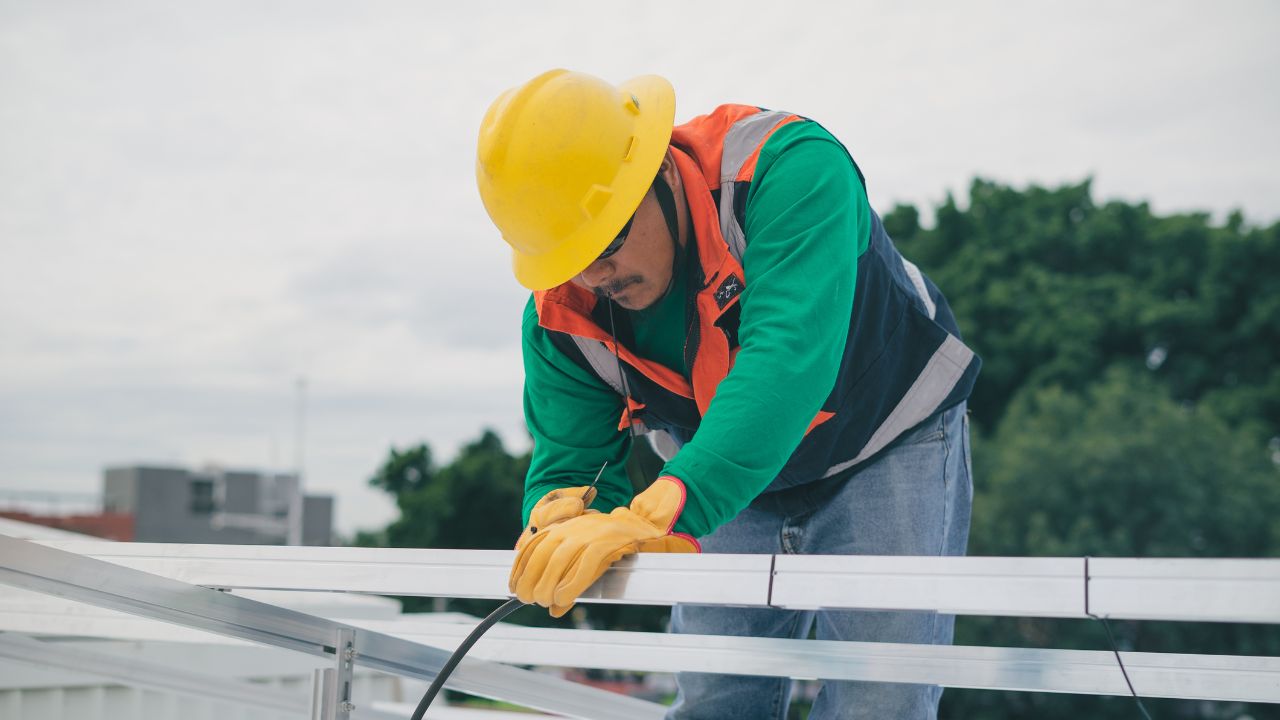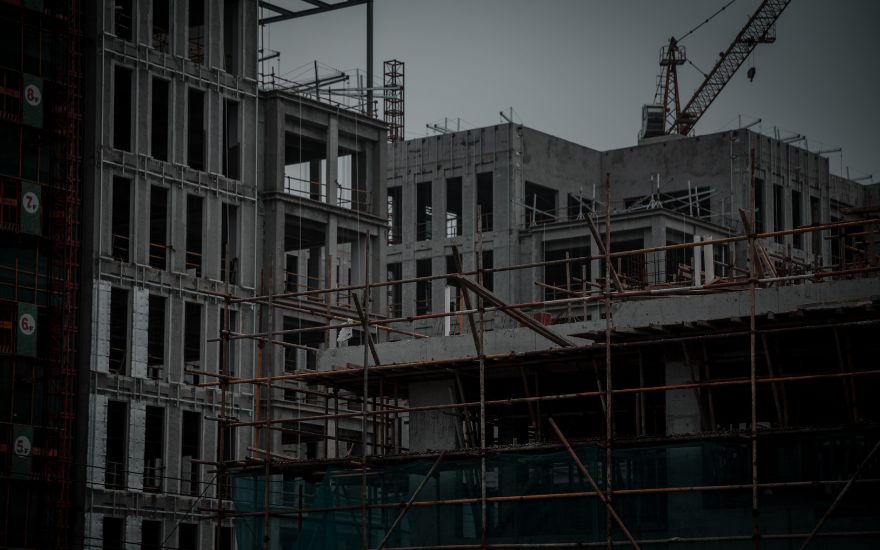Understanding how a major construction company like PCL Construction operates can provide significant clarity for homeowners, investors, and developers alike. From preconstruction planning to project delivery, the process PCL follows is strategic, well-documented, and highly professional. This blog aims to demystify that process, giving you a clearer picture of what to expect when engaging with PCL Construction.
Whether you’re considering a residential build or simply exploring how the industry’s leaders function, this comprehensive breakdown will inform your perspective and help you set realistic expectations. And if you’re looking for a more localized and personalized construction experience, CozyCasa offers industry-aligned methods with a community-first approach. Explore our services here.
Key Insights Before Diving Into the PCL Construction Process
Before delving into the specific steps, it’s essential to understand the foundational strategies and philosophies that influence how PCL Construction approaches every project. These include their ownership model, integrated systems, and commitment to sustainability.
Employee-Owned Business Model
PCL’s 100% employee-owned structure empowers staff to think and act like business owners. This fosters a culture of responsibility, quality assurance, and long-term commitment, ensuring each project—residential or commercial—is treated with utmost care.
This unique model promotes consistent performance and accountability at all project stages. It results in better client relationships, as employees are directly invested in maintaining high standards and client satisfaction. Ownership inspires a shared mission and stronger results.
Strong Emphasis on Preconstruction Planning
Preconstruction is where most of PCL’s magic happens. It includes cost estimating, feasibility studies, and risk mitigation strategies. This front-end investment ensures fewer surprises during execution.
By front-loading the planning process, PCL can anticipate challenges and develop contingency plans. This thorough preparation results in smoother timelines and more accurate budgeting. It’s this foresight that differentiates seasoned contractors from average ones. A detailed preconstruction strategy can often shorten build timelines and avoid expensive mid-project revisions.
Use of Digital Construction Tools
PCL leverages technology such as Building Information Modeling (BIM), drones, and cloud-based management systems to streamline workflows. These tools enhance transparency, communication, and real-time progress tracking.
This digital-first approach results in better coordination between teams, reduced errors, and improved project outcomes. It’s particularly valuable for clients who prioritize data-driven decision-making. Smart tech also helps in early issue detection and resolution. By allowing predictive modeling and clash detection, BIM ensures minimal disruptions during later phases.
LEED and Green Building Integration
Sustainability is built into every PCL project. They routinely incorporate LEED principles, use sustainable materials, and apply energy-saving technologies to meet environmental standards.
This eco-conscious approach is not only good for the planet but also cost-effective for homeowners over the long term. It reflects a forward-thinking mindset that clients increasingly demand. Green buildings now attract higher resale values and healthier living environments. Additionally, PCL educates clients on the operational savings and health benefits of sustainable choices.
Collaboration with Local Experts and Clients
PCL integrates local contractors, municipalities, and client representatives early in the planning phase. This ensures the final product is well-suited to its physical and cultural environment.
By aligning early with stakeholders, PCL minimizes misunderstandings, secures permits faster, and garners broader community support for each project. This synergy leads to streamlined approvals and stronger project buy-in. Collaboration also allows for creative, community-based solutions that reflect the values of future residents.
The 10-Step PCL Construction Process You Should Expect
1. Project Inception and Feasibility Study
Every project begins with understanding the client’s goals and budget constraints. PCL performs a feasibility study to assess site conditions, regulatory compliance, and financial viability.
This ensures both parties are aligned on expectations from the start, avoiding costly pivots later. It sets the tone for a project driven by clarity and mutual understanding. Feasibility also considers long-term operational costs. PCL’s early studies also evaluate access to utilities, transportation, and environmental factors.
2. Preconstruction Planning and Risk Analysis
In this phase, PCL prepares timelines, detailed cost estimates, and identifies potential project risks. They also gather permits and create initial architectural concepts.
The goal is to establish a roadmap that includes budget buffers and scheduling flexibility, critical for adapting to unforeseen circumstances. Preconstruction lays the groundwork for a resilient execution strategy. Effective risk analysis includes weather patterns, labor availability, and supply chain evaluations.
3. Design Collaboration and Development
PCL’s design-build approach means architects and engineers collaborate from the start. This tight integration helps avoid delays caused by disjointed communication.
Clients are involved in reviewing 3D models and prototypes, ensuring the design meets their vision and functional needs before construction begins. This collaboration helps prevent late-stage design changes. Clients often receive interactive walk-throughs, which help visualize and refine the design.
4. Procurement and Material Sourcing
PCL carefully selects materials and vendors that meet their quality and sustainability standards. Their national network allows for cost savings and timely delivery.
This step also includes sourcing specialized subcontractors for HVAC, electrical, and other systems integral to modern home performance. Vendor relationships are reviewed for long-term reliability and cost transparency. Strategic sourcing allows PCL to maintain consistent pricing even during supply chain volatility.
5. Site Preparation and Groundbreaking
Once all plans and permits are secured, PCL begins clearing and preparing the site. This includes grading, utility setup, and foundation work.
Strict safety standards are maintained from day one, ensuring smooth execution and minimal disruption to the surrounding area. Initial groundwork sets the tone for project quality and efficiency. Soil testing, environmental surveys, and logistical staging are also conducted.
6. Structural Framework and Core Construction
This stage includes framing, roofing, and major system installations. PCL’s crews work in sync with subcontractors to maintain timeline accuracy.
Milestones are tracked digitally, and inspections are performed regularly to meet building codes and safety standards. Material quality and structure integrity are rigorously inspected. Progress is often updated to clients in real-time using interactive dashboards.
7. Mechanical, Electrical, and Plumbing (MEP) Installations
Once the structure is complete, MEP systems are integrated. These components are essential for functionality and comfort in residential builds.
PCL’s tech integration helps verify these installations via BIM models, preventing future clashes or costly corrections. Energy efficiency and indoor air quality are also optimized during this stage. Smart metering and zoning are commonly included for better resource control.
8. Interior Work and Smart Tech Integration
From drywall and insulation to flooring, cabinetry, and painting, the interior is where the vision becomes tangible. PCL also installs smart systems like lighting, security, and energy monitors.
Every interior detail is quality-checked, and clients are encouraged to walk through and provide input before finalizing finishes. Personalized interior customization is common at this phase. Smart integrations may include voice assistants, connected appliances, and remote diagnostics.
9. Final Inspections and Client Handover
Comprehensive inspections ensure the home meets local codes and the client’s specifications. A detailed walk-through is conducted with the client.
Clients receive a project handbook, warranty information, and maintenance tips—ensuring a smooth transition to occupancy. Feedback is also gathered to fine-tune final details. Final approval also includes performance testing for HVAC, plumbing, and electrical systems.
10. Post-Construction Support and Maintenance
PCL’s responsibility doesn’t end at handover. Their team offers ongoing support, defect resolution, and optional maintenance packages to extend the life of the build.
This aftercare service reinforces trust and gives clients peace of mind long after the construction wraps. Maintenance logs and issue-tracking tools are often provided. Optional support includes seasonal inspections, system calibrations, and minor repairs.
Why CozyCasa Is a Smart Alternative for Your Project
While PCL Construction offers an expansive, high-tech approach to building, CozyCasa provides the personal touch, local insight, and flexible service model many homeowners prefer. We bring the same standards of planning, transparency, and sustainability—on a scale that’s tailored to your needs.
With CozyCasa, you’re not just another project number. You’re part of a community. Learn how we build homes with care and purpose here. Our team is committed to turning your dream into a reality through open collaboration and thoughtful execution.
Conclusion
Understanding the PCL Construction process demystifies what to expect from a high-caliber construction partner. From detailed planning to ongoing support, each phase is built for quality, transparency, and client satisfaction.
And if you’re seeking similar standards with a more localized and personal experience, CozyCasa is ready to bring your residential vision to life—efficiently, sustainably, and with heart. Our approach mirrors the precision of industry leaders while delivering the warmth of neighborhood collaboration. Partner with CozyCasa to experience construction that’s as focused on people as it is on process.
FAQs
- What makes PCL’s construction process unique?
A strong emphasis on planning, digital tools, and sustainability. - Does PCL involve clients in the design process?
Yes, through BIM models and collaborative design-build methods. - How does PCL ensure timelines are met?
By using digital scheduling tools and risk mitigation strategies. - What are the main phases of a PCL residential project?
Inception, planning, design, procurement, construction, and handover. - Does PCL support clients post-construction?
Yes, with warranties and maintenance services. - What is PCL’s approach to safety?
Strict protocols, regular audits, and trained safety teams. - Are PCL homes energy efficient?
Yes, they integrate energy-saving systems and green materials. - How does CozyCasa compare to PCL?
CozyCasa offers personalized, local service with equally high standards. - Can PCL handle small residential builds?
Yes, particularly multi-unit and community developments. - Where can I learn more about CozyCasa’s services?
Visit CozyCasa’s website to explore residential solutions.

